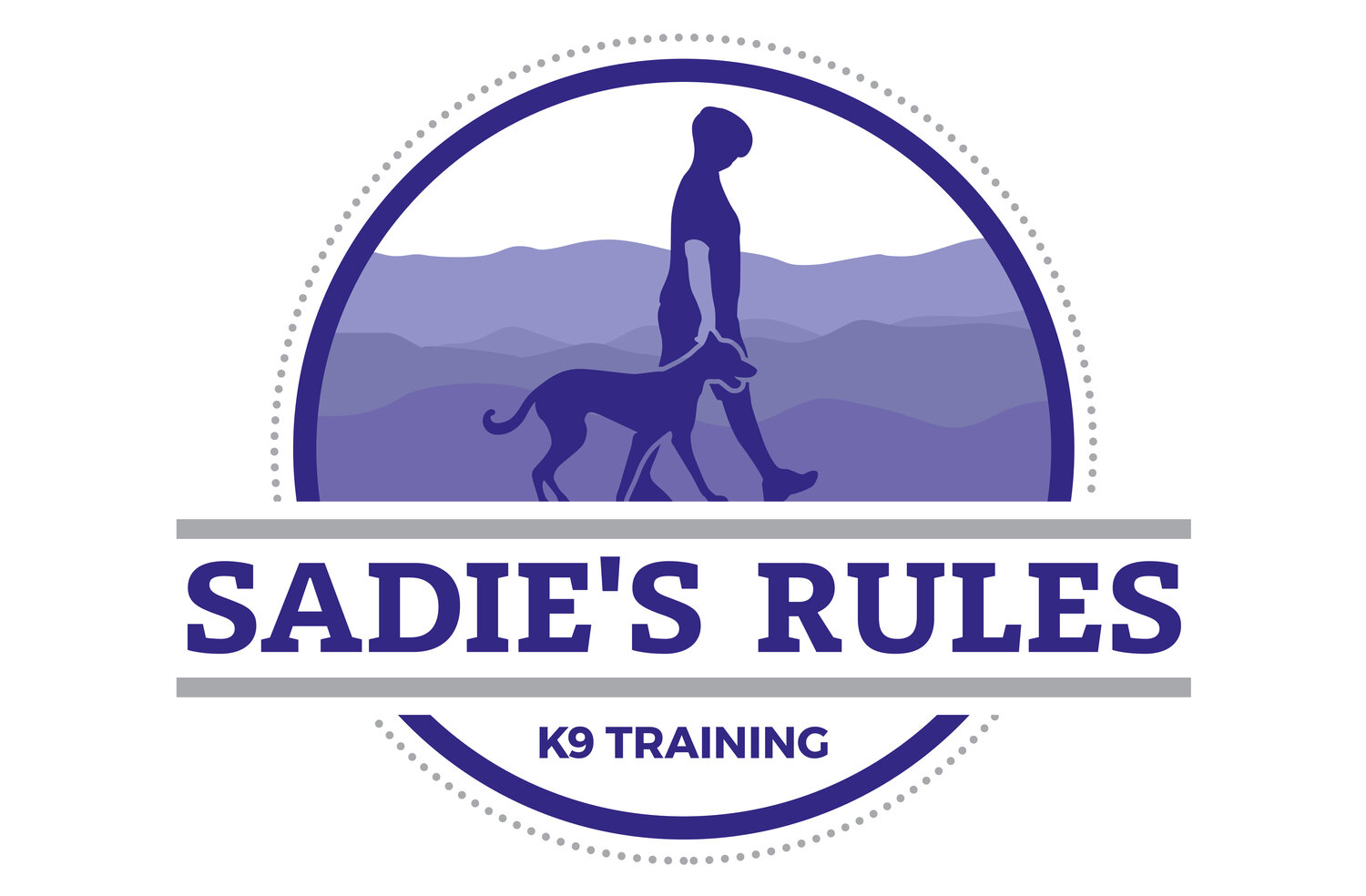What can a high level correction do for your dog?
There is a really simple answer to this question. A high level correction can prevent your dog from repeating a behavior (hopefully an unwanted behavior such as chasing the cat, or eating the dog poop, or lunging at the dog walking by, whatever it may be). But, really, it is going to do so, so much more than that for the relationship you have with your dog.
Let’s start with example one. Milo, a miniature australian shepherd, has a difficult time listening to commands in general. He knows what sit and down mean, but, he chooses when he wants to do them. He is easily distracted by other dogs and spends his time staring them down. When I first put the E-Collar Technologies Mini-Educator on him, it took me nearly 20 minutes to get any kind of response from him where I thought I was getting consistent contact from the collar. This is a super important step when you are starting out training a dog, because if you don’t have consistent contact, you will never know what the dog is actually responding to. Part of the issue was that he has an excessive amount of long hair and even with the thick prong contact points on, it was still tricky and he was requiring stimulation numbers in the 40s. Yes, I thought this was much too high as I typically am working dogs at levels under 10 for the basic obedience stuff. But, I was getting consistent responses from him in the 40s and no response from him at levels less than that. Being that it was his first lesson I was teaching him the place command and the idea of pressure on, pressure off. I worked him for a while and then handed him over to his owner to practice. He became increasingly stubborn with her and she ended up needing to go higher on the remote to keep him engaged. At one point, he became aroused by another dog and I had Milo’s owner correct him for the arousal at a higher level on the e-collar. After that point, Milo’s focus shifted. He became super in-tune with his owner and the e-collar and working level (the number we use to get the minimal response on the e-collar) went from in the 40s down to below 10. He was no longer acting stubborn; he was jumping onto place and staying with confidence and the distractions around him, were no longer interesting. He seemed like a completely different dog, focused on his owner and learning the place command like a champ. I was able to breathe a sigh of relief knowing he likely wouldn’t have to be working on levels in the 40s on the e-collar after today.
A high level correction can also bring a dog out of high level arousal. Ivy, a pitbull mix, who had been previously returned to the shelter (most likely for her high energy antics), was adopted by friends of mine. Ivy consistently went after their cat and other dogs while on walks. My lessons with Ivy and her owners focused on the place command, the structured walk, thresholds, and overall politeness. But her owners’ were still struggling when Ivy would get aroused by another dog on a walk or see their cat. To set this up, we borrowed a friend’s dog to practice walk-bys. When the happy go-lucky labrador came down the street Ivy exploded. We were not quite ready and though Ivy got a stimulation from the e-collar, it was not high enough to quickly stop the behavior. However, the cat then decided to make a guest appearance and Ivy’s arousal skyrocketed again. Lunging, barking, whining. All of it. Her owner did a great job, said “No,” and corrected her with the e-collar, this time at a level that meant something to Ivy. Ivy sat down and chilled out. After that, the walk-bys with the dog were a piece of cake. There was no arousal from Ivy at all. So did we correct Ivy for going after the cat? Yes! Absolutely. BUT, what we really did was give her negative feedback for the arousal and her incorrect state of mind. Which meant that when we did walk-bys minutes later with the same dog she had previously lunged and barked at (but not been adequately corrected for), she did not become aroused and try the same monkey-business, because we had corrected the arousal in the instance with the cat. With Ivy’s mind more focused on her owner handling her, (just like with Milo) and not in a state of arousal, lower levels on the e-collar were now more effective and Ivy could now “hear” the conversation we wanted to have with her. I can not stress enough how having a few of those harder conversations with your dog, translates into them being better listeners in general.
Once you quelch the arousal in a dog, you can teach them the place command, which is pretty much the longer version of “stay in this spot and don’t get aroused.” Dogs that learn place can be calm on command for extended periods of time. Calm dogs are much more manageable and trainable. The calm state of mind is the backbone for an obedient dog focused on his owners rather than all the things that excites them.

